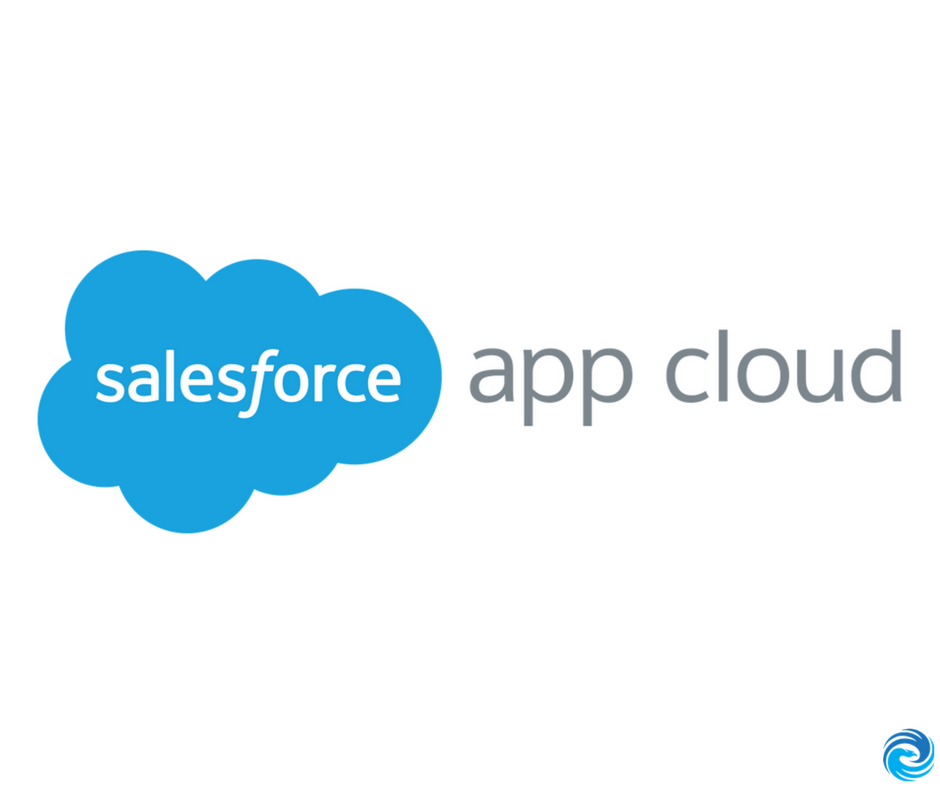The ROI of Salesforce Apps: 3 Data Points to Know

In the current marketplace, digital transformation is the way for businesses to go in almost any industry. With digital disruption occurring everywhere, the need for competitive differentiation has never been higher. Once your business has decided on a plan moving forward, however, it’s time to start considering the details. How, exactly, is your organization going to build the applications it needs? Particularly when the current demand for skilled developers is greater than the supply?
There are a number of developer platforms out there that can be used for exactly this purpose, but one of the most popular is Salesforce. A recent study by IDC examined businesses that have chosen to adopt Salesforce, and the quantitative benefits they found are certainly worth a look.
59% less time to release a new application or feature
On the development end, Salesforce is both robust and user-friendly, with services targeting the full range from professional developers to users with minimal experience. Developers have reported that applications that take six to seven months to create in-house can be made in three to four months on Salesforce. The platform allows for fast iterative development, and provides a wide range of ways to integrate with external business sources.
By completely abstracting the infrastructure, Salesforce makes delivering cloud solutions faster and simpler than in traditional approaches, where developers are likely to get bogged down in tasks such as database management or security patches rather than actually building apps.
Specialized programs within Salesforce serve more specific computing and development needs. Heroku is for scalable tasks, Force.com for tasks focused on business data, and Thunder for processing event-driven data streams.
38% more efficient IT infrastructure management
Because Salesforce is a cloud-based PaaS solution, managing applications in Salesforce requires dramatically fewer time and resources from IT. Salesforce systems can be up and running at all times with little to no internal support. Organizations using Salesforce also only need to support a fraction of the typical amount of servers. This all frees up IT teams, budgets, and resources for use in more long-term business goals, such as furthering an overall digital transformation.
Salesforce applications are also far less likely to experience unexpected outages or other technical issues. This not only further frees up IT, but also allows users to be more productive and satisfied, keeping potential losses of customers or of employee time and morale to a minimum. It has been estimated that organizations that use of applications developed through Salesforce lose 54% less productive time and reduce overall IT costs by $4,816 per 100 users annually.
478% overall five-year ROI
On average, organizations using Salesforce report an increase of $918,500 in annual revenue, with some seeing increases of more than 10% of their total revenue. These businesses were better able to address business opportunities than their competitors, and could do so more quickly. In essence, by using Salesforce applications, businesses are able to become the disruptors rather than the disrupted.
Salesforce also makes it easier to properly leverage data, with tools allowing for data visualization and analysis. Says one entrepreneur, “We’re creating more value with that data — we can use it to upsell, to price more effectively, to drive more profit, and to optimize price. I’d say that’s $1 million in revenue per year.”
On average, it takes only about 7 months to reach the breakeven point for a custom Salesforce application. All of the factors discussed above together make for collective business benefits of $242,272 per 100 users per year, which in turn creates that stunning 478% five-year ROI.
Figuring out the right approach to building new applications may seem daunting, but it doesn’t have to be. With platforms like Salesforce, getting ahead in the market is easier than ever.
